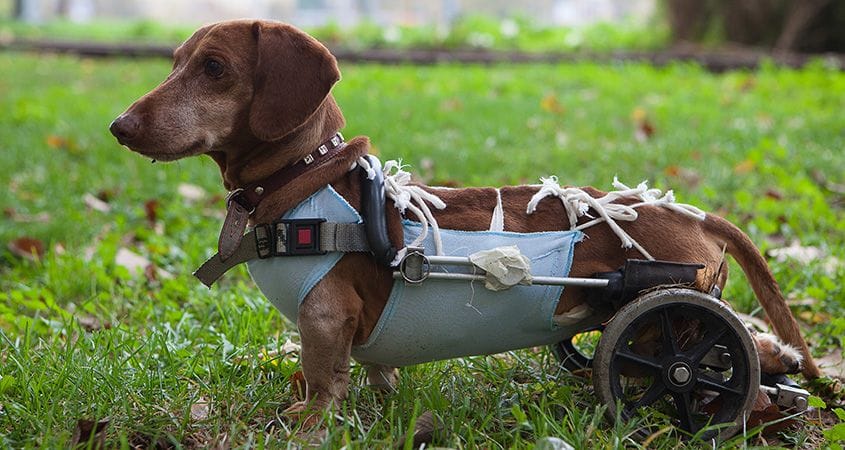3-D Printing Technology
3-D printing is a fairly new technology that is rapidly moving toward the mainstream. Although the technique was first described in 1981, it wasn’t until early in this century that commercial printers began to be produced, but only in the last five years that prices have dropped to consumer-friendly levels, from $20,000 to less than $1,000.
It’s even possible now to take a file into a place like Staples and have the model 3-D printed there, or to use cloud computing and a site like Shapeways to have the item printed and sent to you. In many ways, we’re getting close to an actual replicator right out of Star Trek.
At the same time, the uses of 3-D printing have exploded. Originally intended as an economical way of quickly producing prototypes in the manufacturing industry, companies are now looking at or already using the technology to produce food, apparel, car and aircraft parts, construction and even medical devices.
An organization called E-nable has been designing and manufacturing custom prosthetic hands for people in need, particularly children. Started in 2012 by an American prop maker and a South African carpenter — who worked together online from 10,000 miles apart — the organization has since grown and, remarkably, everything is done by volunteers. Last October, a girl who was born without fingers became the first child in the UK to receive a 3-D printed prosthetic hand, and a boy who was born missing one arm from below the elbow received a 3-D printed replacement.
These aren’t just plastic hands and arms created for aesthetic reasons, though. Because of the abilities of 3-D printing, they function as working replacements for the missing limbs. And humans aren’t the only ones benefiting from the process — many birds of various species have received replacements for missing limbs or beaks, and there’s even a goldfish whose owner made a custom underwater “wheelchair” for her.
Dogs Have Been Major Beneficiaries of the Technology as Well
A German company, Multec, has created an open-source 3-D printable and fully adjustable strap-on wheelchair for dogs. The plans are available online and the only part that needs to be added is the rubber for the wheels. Much more customizable than traditional models, it’s also cheaper. A customer can print and put together the whole thing for about $150.
Three Other Dogs Among the Many Who Have Benefited from 3-D Printing
TurboRoo
TurboRoo is a Chihuahua who was born without front legs, and another example of the generous and charitable nature of the 3-D design community. When Mark Deadrick, president of design, consulting, and manufacturing firm 3dyn heard about TurboRoo’s condition, he guessed the dog’s size from online photos, then designed and printed a cart that would allow the little dog to get around, slapped on rollerblade wheels and shipped it to TurboRoo’s owners.
Derby
A much larger dog than TurboRoo, Derby was born with underdeveloped front legs and had been abandoned in a shelter, where he was in danger of being put down — until Tara Anderson came to the rescue. Not only did she become Derby’s foster mom, she was also the director of a 3-D printing firm. After experimenting with and rejecting designs similar to the springy ski-style prosthetics used by human athletes, she hit upon round treads that allowed Derby to run and play with other dogs for the first time. Now with his forever family, they report that he can’t get enough of it now, and runs 2 to 3 miles every day.
Bubbles
A dachshund named Bubbles was also born without front legs, and her condition inspired her owners, Trevor Byers and Elissa Smoak, to buy a 3-D printer and come up with their own solution. They used a combination of 3-D printed parts, carbon fiber, and pieces from a model airplane to give their dog her new set of wheels, and then shared the design on the MakerBot Thingiverse, which is one of the many online communities dedicated to sharing 3-D designs and keeping them completely open source, which means that anyone can use them, modify them, and share them.
In the near future, what 3-D printers can do promises to become even more spectacular, as designs for prosthetic limbs, both animal and human, become more versatile and complex. In addition to that, 3-D design visionaries are working on being able to print replacement organs, including bone and skin.
It’s taken almost 35 years to get here from the time that Hideo Kodama of Nagoya Municipal Industrial Research Institute invented two methods of using additive manufacturing with plastic to begin to “print” 3-D objects, but in the last five years what would have seemed like science fiction in the 1980s has become a reality. The future is now, and it’s helping humankind and animals alike.
Do you own a differently abled dog? Show him off! Post a photo in the comments.











